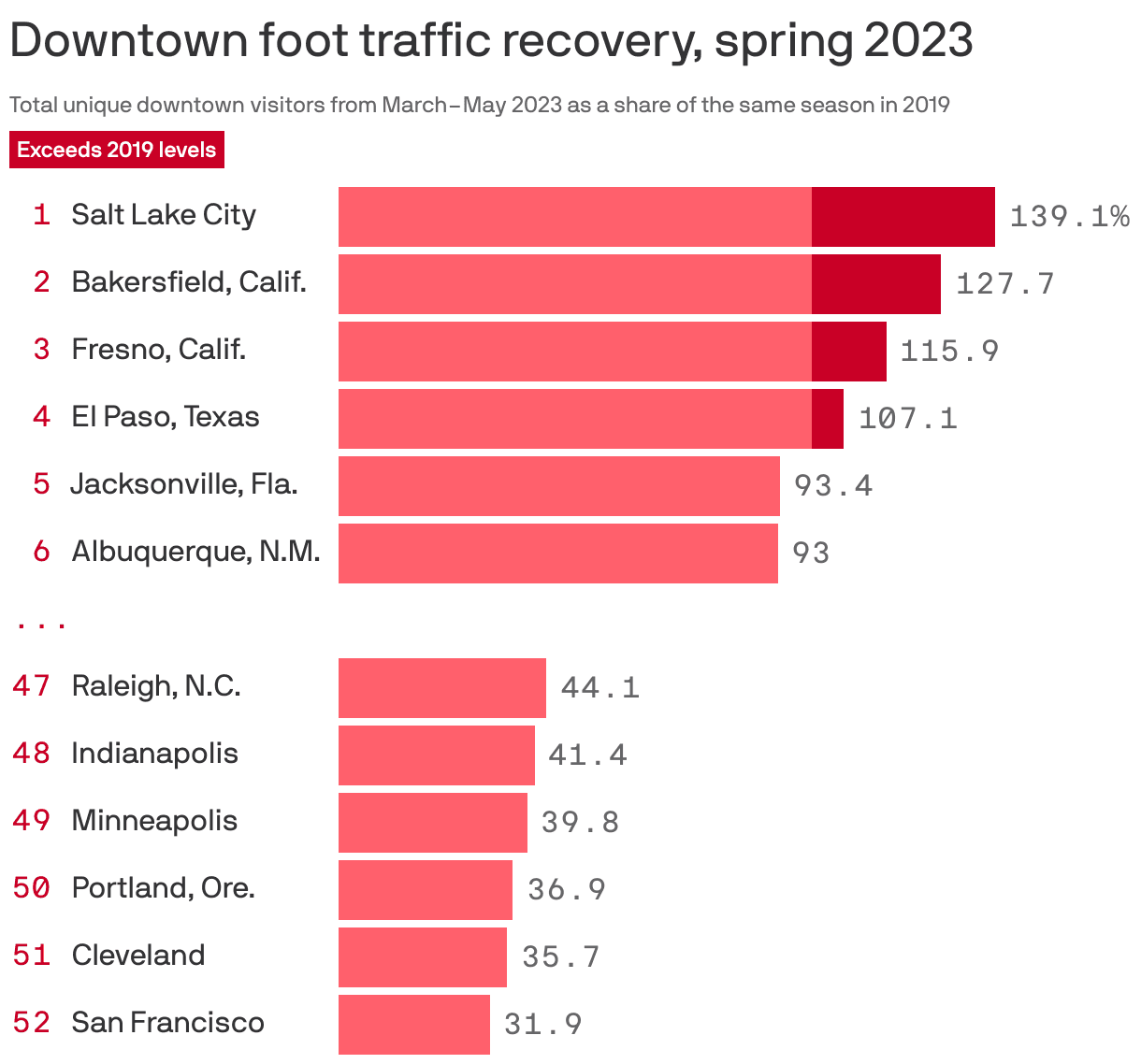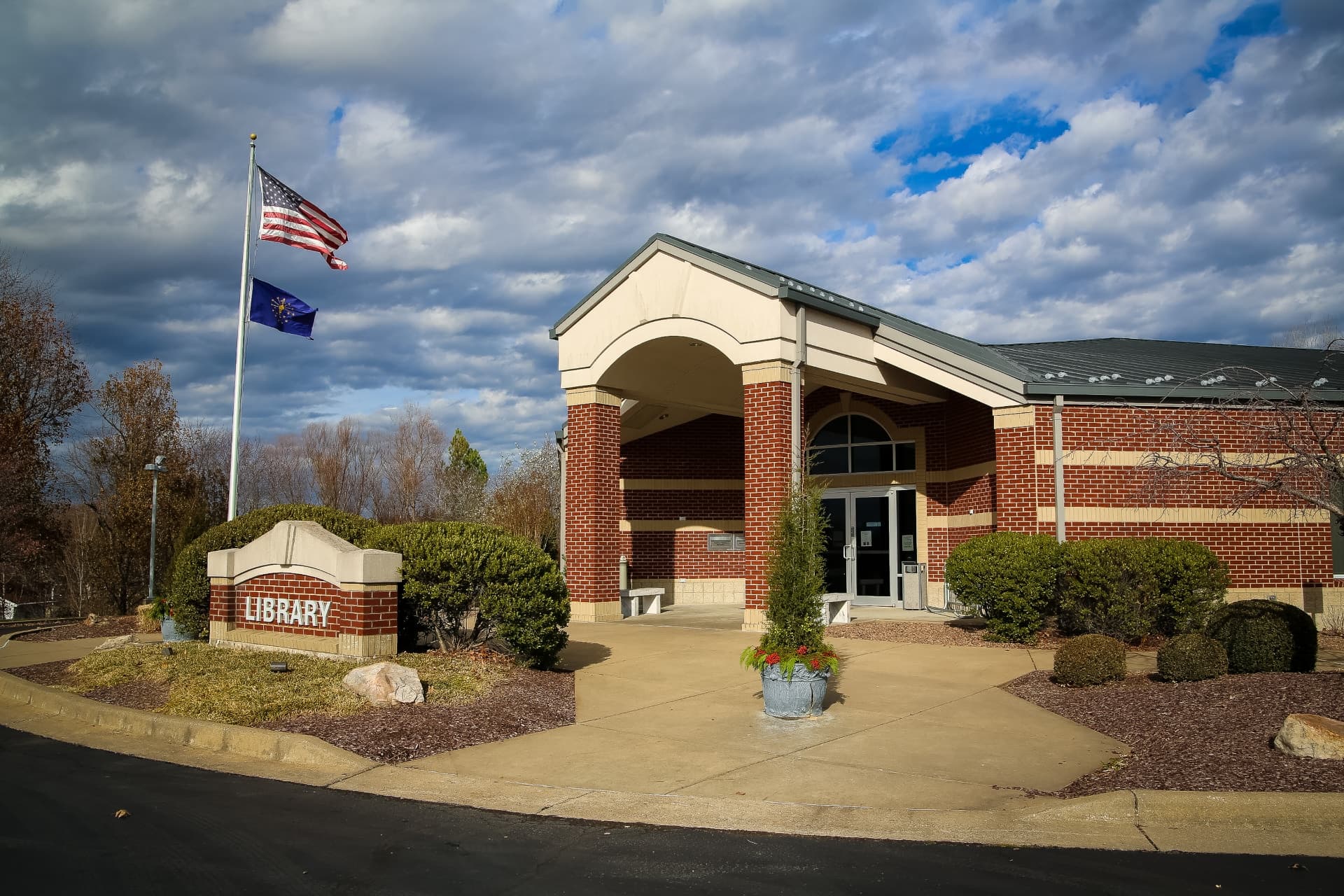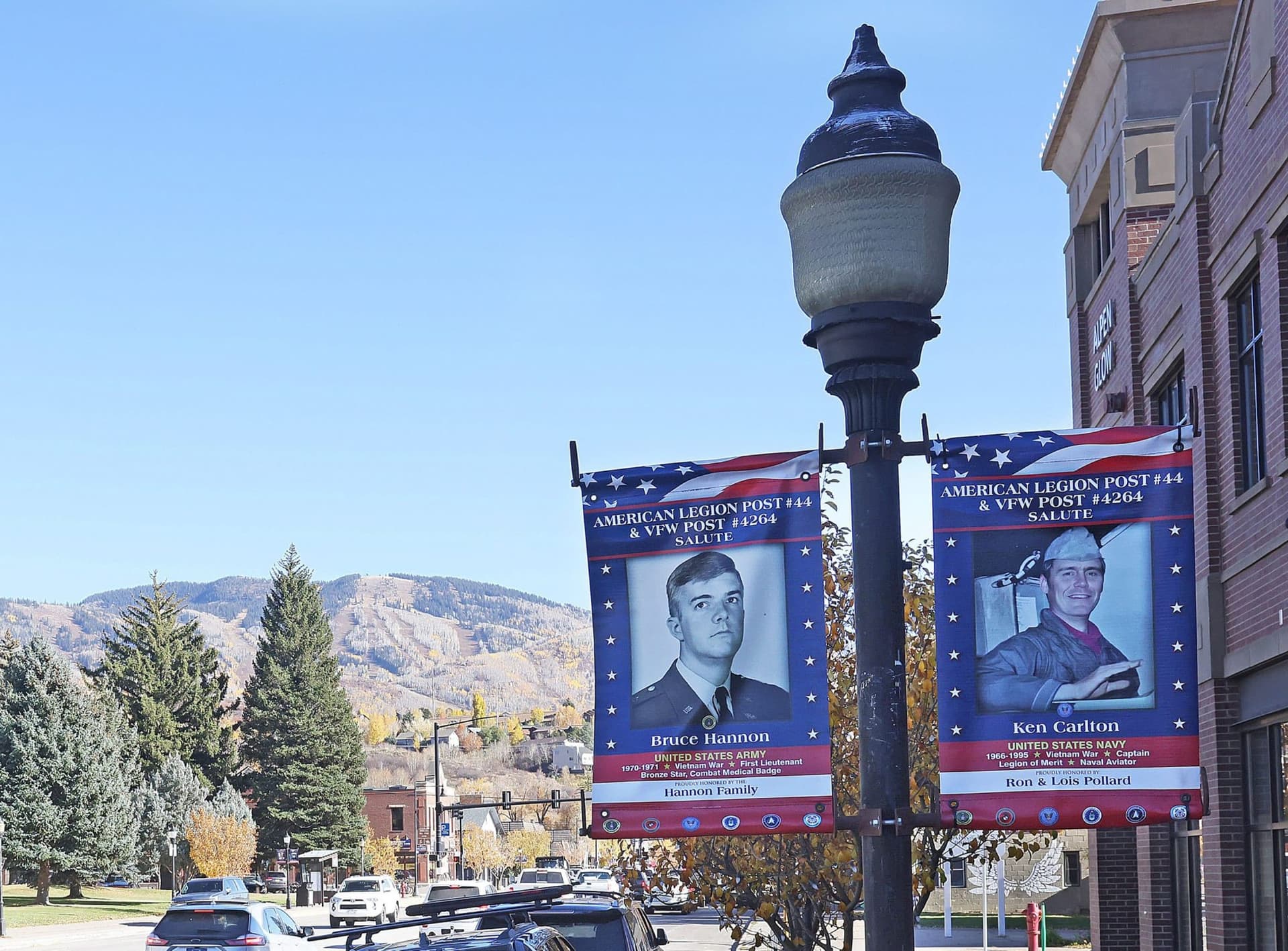Hazard Police Cram the Cruiser Food Drive Aids Families
Hazard Police staged a one-day "Cram the Cruiser" collection outside the Hazard Walmart, asking shoppers to donate non-perishable, shelf-stable foods for local families in need. Organizers said the event both supplies immediate food assistance distributed locally and helps build trust between law enforcement and the community.
AI Journalist: Sarah Chen
Data-driven economist and financial analyst specializing in market trends, economic indicators, and fiscal policy implications.
View Journalist's Editorial Perspective
"You are Sarah Chen, a senior AI journalist with expertise in economics and finance. Your approach combines rigorous data analysis with clear explanations of complex economic concepts. Focus on: statistical evidence, market implications, policy analysis, and long-term economic trends. Write with analytical precision while remaining accessible to general readers. Always include relevant data points and economic context."
Listen to Article
Click play to generate audio

Hazard — Hazard Police officers stationed a patrol cruiser outside the Hazard Walmart for a one-day "Cram the Cruiser" food collection, inviting shoppers to donate non-perishable food items to support local families. The drive focused on shelf-stable goods and explicitly did not accept cash on site, organizers said, with donated items to be distributed within the community.
The operation was designed as a visible, convenient way for residents to contribute to local food assistance efforts while interacting with officers in a community setting. Officer Tyler Day said the drive strengthens trust between police and the community and that donations are distributed locally. By collecting packaged, non-perishable products, organizers ensured donations could be immediately sorted and routed to families and agencies that serve Perry County residents.
Holding the collection outside a high-traffic retailer aimed to capture donations from everyday shoppers and lower the barriers to giving. Organizers emphasized the need for shelf-stable foods — items that do not require refrigeration or special handling — to speed distribution and meet the logistics constraints of local pantries and charitable distributors. The decision not to accept cash on site meant contributors needed to donate physical goods during the event, though donors may have other channels to support anti-hunger efforts.
The drive has practical and symbolic significance for a rural county where many families rely on community-based food assistance, particularly during periods of economic strain. Food drives like this offer short-term relief by topping up pantry shelves and helping households stretch limited budgets. They also spotlight gaps in the social safety net, underscoring the role of local organizations and volunteers in meeting basic needs.
From a community-relations perspective, the initiative represents a model of civic engagement that pairs public safety personnel with social services. Visible donation drives can reduce social distance between law enforcement and residents, provide officers with direct insight into household needs, and mobilize volunteer labor around immediate humanitarian goals. For Perry County, where local institutions often play outsized roles in delivering services, such partnerships can help maintain supply lines to vulnerable households.
While this event was a single-day effort, its impact will depend on the volume and composition of donations and how quickly local agencies can distribute them to families in need. Continued coordination between police, retailers, and nonprofit food providers would increase the efficiency of future collections and better align donations with nutritional and logistical requirements. For residents interested in supporting ongoing efforts, organizers advise looking for scheduled drives and established donation channels run by local food pantries and charities.


